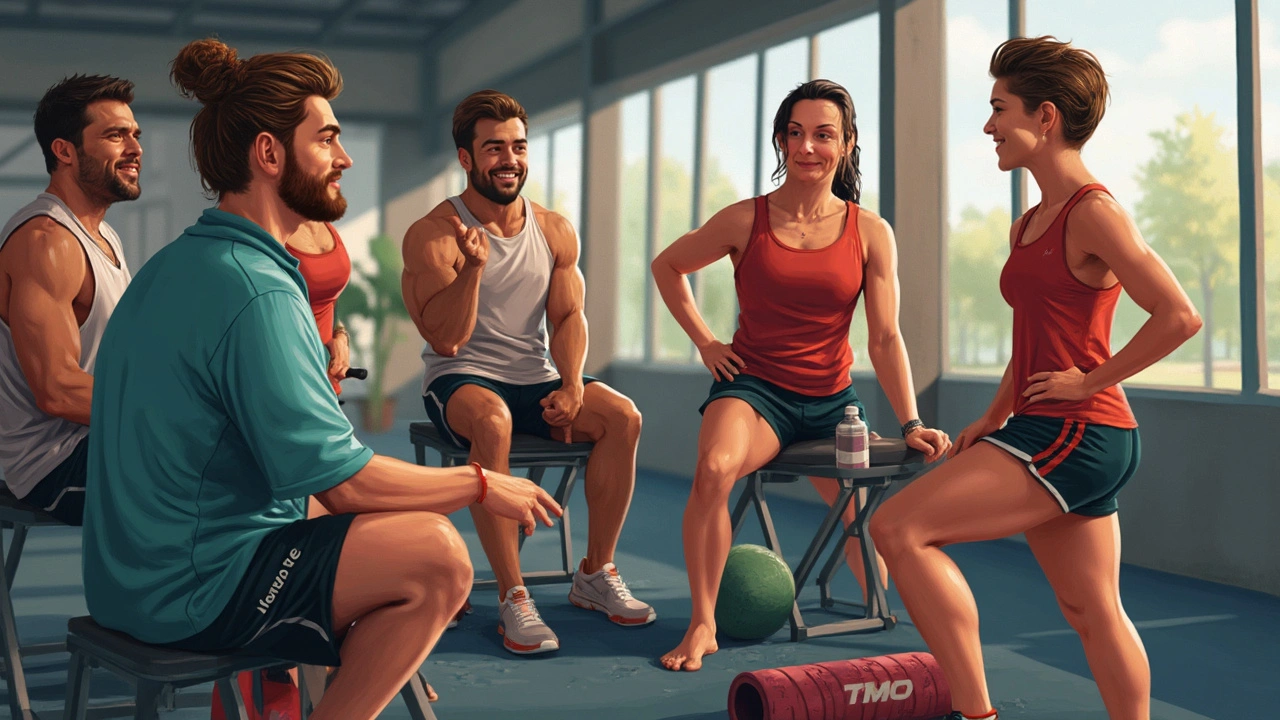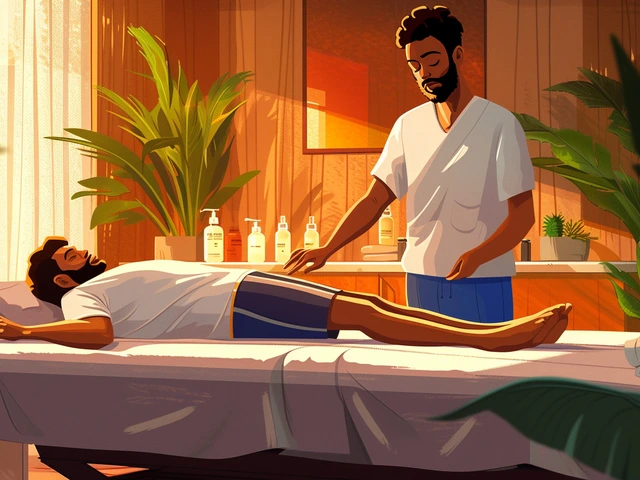Muscle care for dogs: simple, practical steps you can start today
Dogs hide soreness until it slows them down. A short daily muscle check and a few gentle moves can stop small tight spots from turning into long-term problems. This page gives clear, usable tips—massage basics, quick exercises, diet notes, and when to call a pro.
Quick at-home muscle care
Start with a 2–5 minute warm-up: slow walk, then a few pats and long strokes over each major muscle group. Use flat hands and light pressure to feel for tight or bumpy areas. If your dog leans into you, that often means the spot feels good; if they pull away, stop.
Try these basic massage moves: effleurage (long, gliding strokes along the back and thighs), gentle kneading on the shoulder and hamstring muscles, and short circular thumbs on larger muscles for 30–60 seconds each. Keep sessions short—5–10 minutes for older or tense dogs, up to 15 minutes for relaxed pets. Do this 2–3 times a week for maintenance, or daily after exercise for high-activity dogs.
Stretching and movement matter. Encourage slow sit-to-stand reps, gentle side-to-side head turns, and controlled uphill walks to build range of motion. Avoid forced stretches; let your dog move naturally and stop if they show discomfort. For post-run recovery, follow exercise with a 5–10 minute cool-down walk and a brief massage.
Nutrition, heat/cold, and targeted therapies
Omega-3s support muscle recovery and cut inflammation. Ask your vet about a fish oil supplement and the correct dose for your dog’s weight. For new injuries use cold packs for 10–15 minutes to reduce swelling in the first 48 hours. After 48 hours, a warm compress for 10 minutes can relax tight muscles—never use heat on an inflamed area.
Some dogs benefit from targeted therapies: sports-style massage for working dogs, myofascial release for stubborn tightness, and neuromuscular techniques for trigger-point pain. A professional canine massage therapist can show you safe pressure points and hands-on methods you can continue at home.
Watch for clear warning signs: sudden limping, reluctance to climb or jump, muscle wasting, or pain when you touch a spot. If your dog has these, see your vet before continuing massage or exercise. Also check for underlying causes like arthritis, tendon injury, or neurologic problems.
Final practical tip: make a short routine—warm-up walk, 5–10 minute massage focused on any tight spots, then a gentle walk. Do this after heavy play or once every other day for active dogs. Small, consistent care prevents bigger problems and keeps your dog moving happily.

Sports Massage: Boost Your Endurance the Practical Way
Sports massage isn't just about easing muscle aches—it's a powerful tool to push your endurance further. This article gets into how regular sports massage can help you stay stronger for longer, speed up recovery, and keep nagging injuries in check. You'll find practical tips, clear facts, and real-world advice, whether you're a weekend warrior or serious about your training. Discover how massage fits into your routine and the science behind why it works. No fluff, just straight talk that will help your body go the distance.

Harnessing Gut Health to Thrive with Diabetes
Jan, 24 2025



